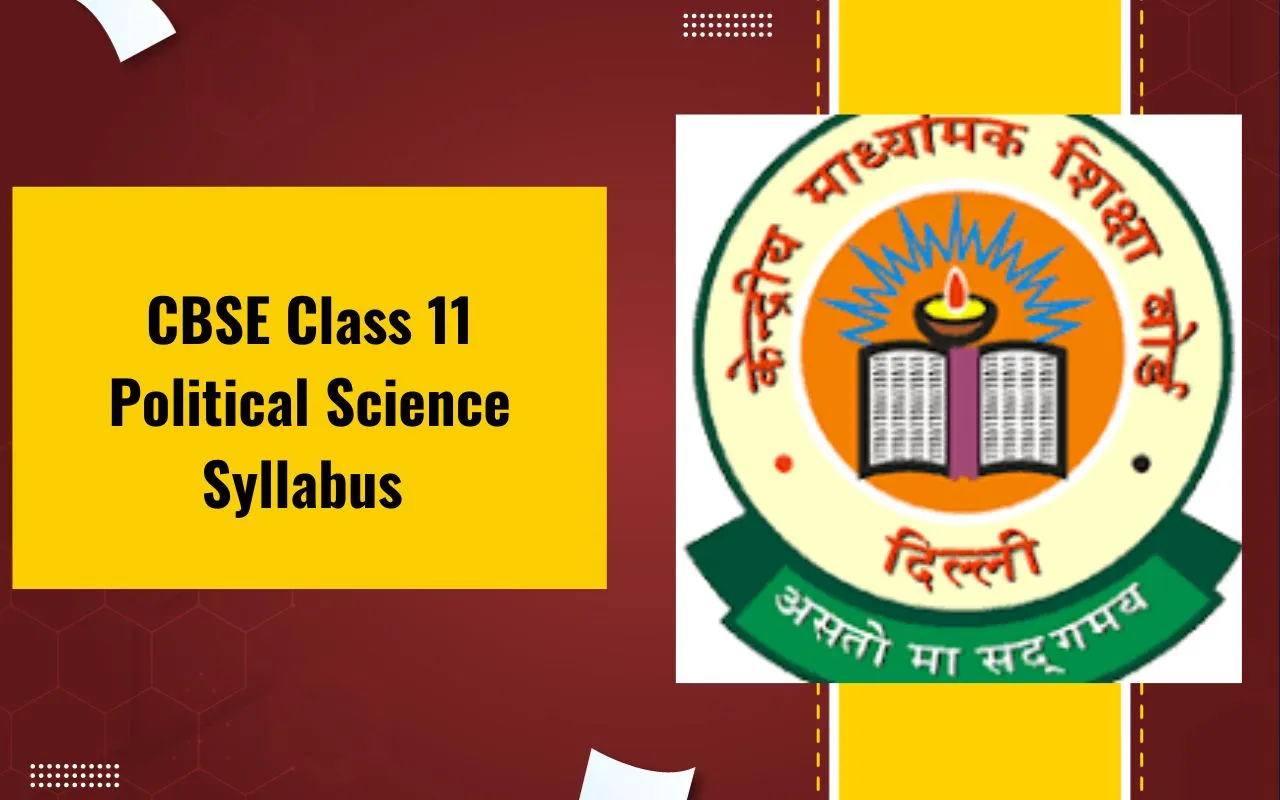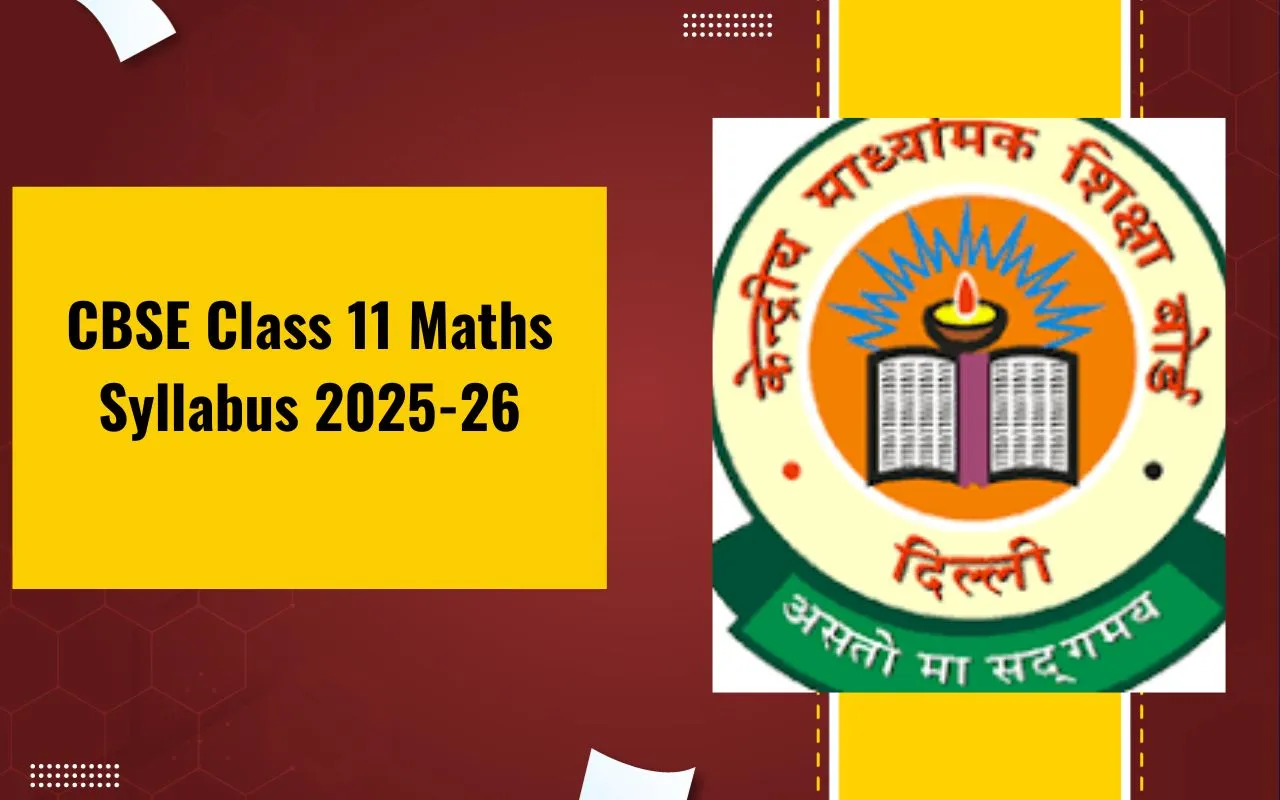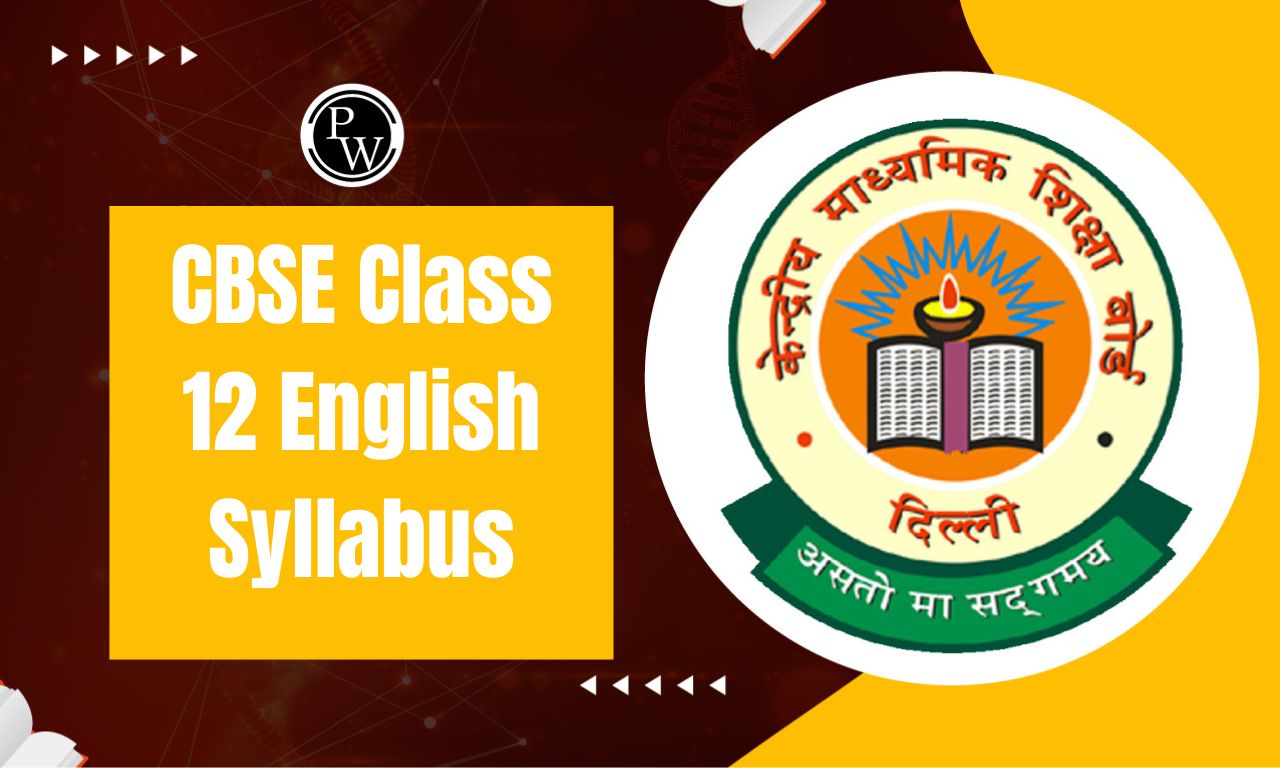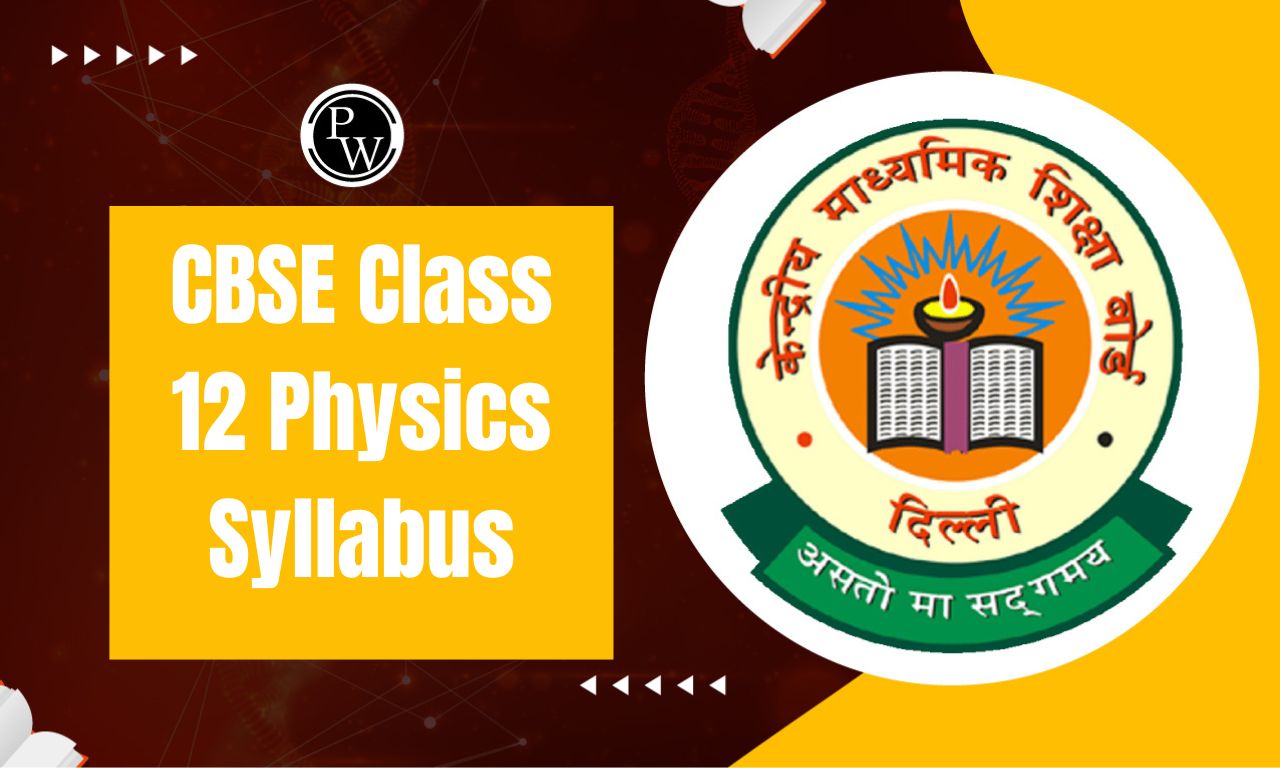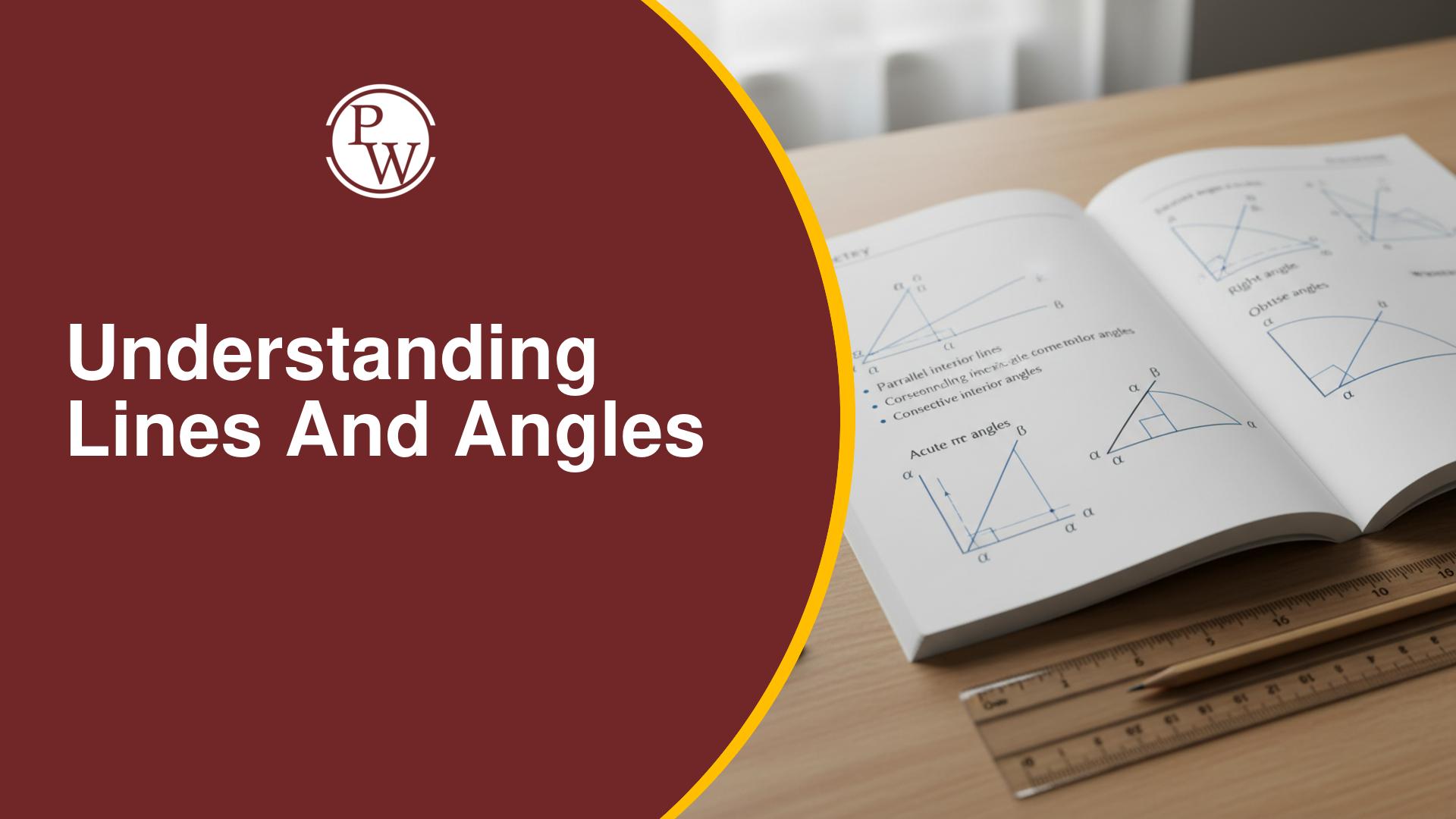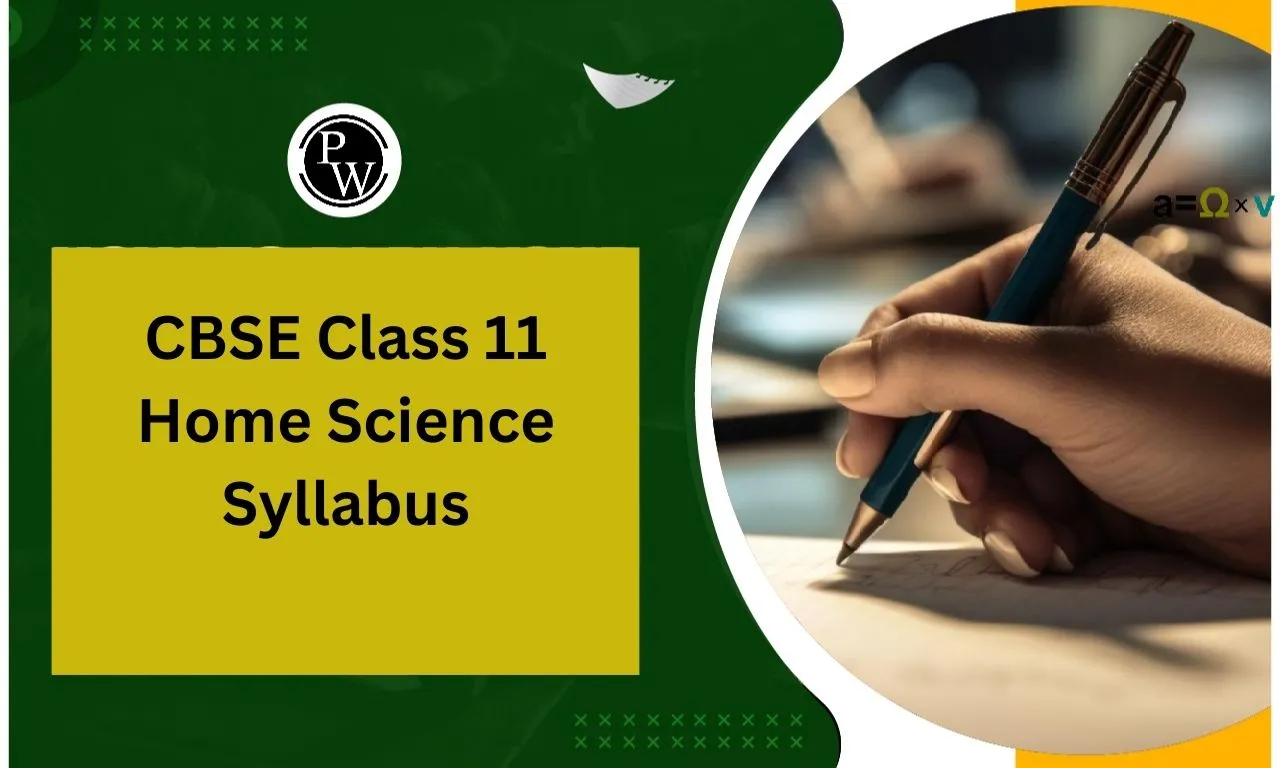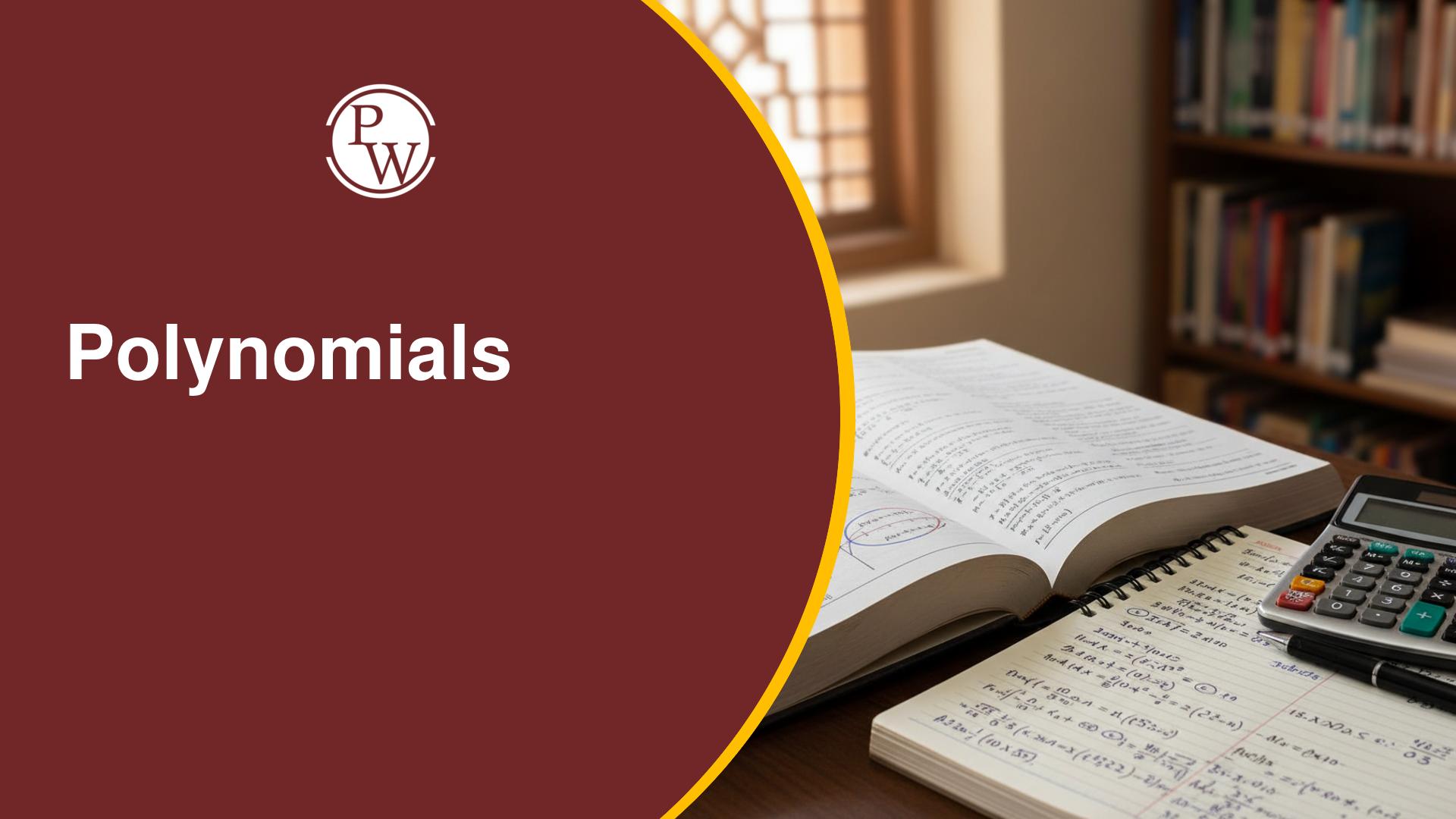
Polymers are macromolecules composed of repeating structural units called monomers.
Formula example:
Polyethylene is derived from ethylene monomer:
CH 2 = CH 2
Classification of Polymers
Based on Origin:
Natural:
e.g . Cellulose: [−C 6 H 10 O 5 −] n
Synthetic:
e.g. Nylon-6: [−NH−(CH 2 ) 5 −CO−] n
Semi-Synthetic:
e.g. Cellulose acetate: [−C 6 H 7 O 2 (OAc) 3 −] n
Based on Structure:
Linear:
e.g. PVC: [−CH 2 −CHCl−]n
Branched:
e.g. Low-density polyethylene (LDPE)
Cross-Linked:
e.g . Bakelite
Types of Polymerization Reactions
Addition Polymerization: It involves the sequential addition of monomers. Example:
Formation of polyethylene from ethene:
n × CH 2 =CH 2 → [−CH 2 −CH 2 −]n
Important Addition Polymers
Polyethylene (PE): [−CH 2 −CH 2 −]n
Polystyrene (PS): [−CH 2 −CH(phenyl)−] n , where phenyl is a benzene ring.
Polyvinyl Chloride (PVC): [−CH 2 −CHCl−] n
Poly(methyl methacrylate) (PMMA): [−CH 2 −C(CH 3 )(COOCH 3 )−] n
Also read : Surface Chemistry Formula
Condensation Polymerization
It involves the elimination of a small molecule during polymerization, often water.
Mechanism Example:
Formation of nylon-6,6 involves the reaction of a diamine with a dicarboxylic acid. H 2 N−(CH 2 ) 6 −NH 2 +HOOC−(CH 2 ) 4 −COOH → [−NH−(CH 2 ) 6 −NH−CO−(CH 2 ) 4 −CO−]n +nH2O
Condensation Polymers:
Nylon-6,6: [−NH−(CH 2 ) 6 −NH−CO−(CH 2 ) 4 −CO−]n
Polyester (PET): [−OCH 2 CH 2 O−CO−C 6 H 4 −CO−]n
Also Check – Ammonium Nitrate Formula
Copolymerization
It's the polymerization of two or more different types of monomers.
Equation example:
Styrene and butadiene can copolymerize to form SBR:
n×CH 2 =CH−phenyl + m×CH 2 =CH−CH=CH 2 → SBR copolymer
Rubber
Natural rubber:
Polyisoprene [−CH 2 −C(CH 3 )=CH−CH 2 −]n
Types & Preparation:
Natural Rubber: Derived from latex of rubber trees.
Synthetic Rubber:
Examples include Neoprene and nitrile rubber.
Preparation:
SBR is prepared by the copolymerization of styrene and butadiene.
Equation: n×CH 2 =CH−C 6 H 5 (Styrene) + m×CH 2 =CH−CH=CH 2 (Butadiene)→SBR
Another commonly known synthetic rubber is Neoprene, which is derived from the polymerization of chloroprene.
Equation: n×CH 2 =C(CH 3 )-CH=CH 2 (Chloroprene)→Neoprene
Biodegradable Polymers:
e.g. Polylactic acid (PLA): Derived from lactic acid monomers.
Also Check – Aluminium Nitrate Formula
Polymers of Commercial Importance
Polypropylene (PP): [−CH 2 −CH(CH 3 )−] n
Polyethylene Terephthalate (PET): Used for bottles.
Monomers involved:
Ethylene glycol: HO-CH 2 -CH 2 -OH
Terephthalic acid: HOOC-C 6 H 4 -COOH
When these monomers undergo a condensation reaction (with the elimination of water), they form PET:
n×HO-CH 2 -CH 2 -OH + n× HOOC-C 6 H 4 -COOH→[-O-CH 2 -CH 2 -O-CO-C 6 H 4 -CO-]n +nH 2 O
PVC (Polyvinyl chloride) PVC is a widely used polymer for pipes, cables, and more. It is synthesized from the monomer vinyl chloride.
Monomer: Vinyl chloride: CH 2 = CH-Cl
During polymerization, the double bond in vinyl chloride opens and forms long chains: n×CH 2 =CH-Cl→[-CH 2 -CHCl-]n
Nylon: Used for textiles, ropes, and various molded components.
Polymers Formula FAQs
Q1. Which polymer is derived from ethene?
Q2. What is the monomer for PVC?
Q3. What's a biodegradable polymer example?
Q4. Which polymer is used for non-stick coatings in cookware?
Q5. What kind of polymer is Bakelite?

